As National Parks Reopen…Go Gently, Go Solar
“Take only photographs, leave only footprints.”
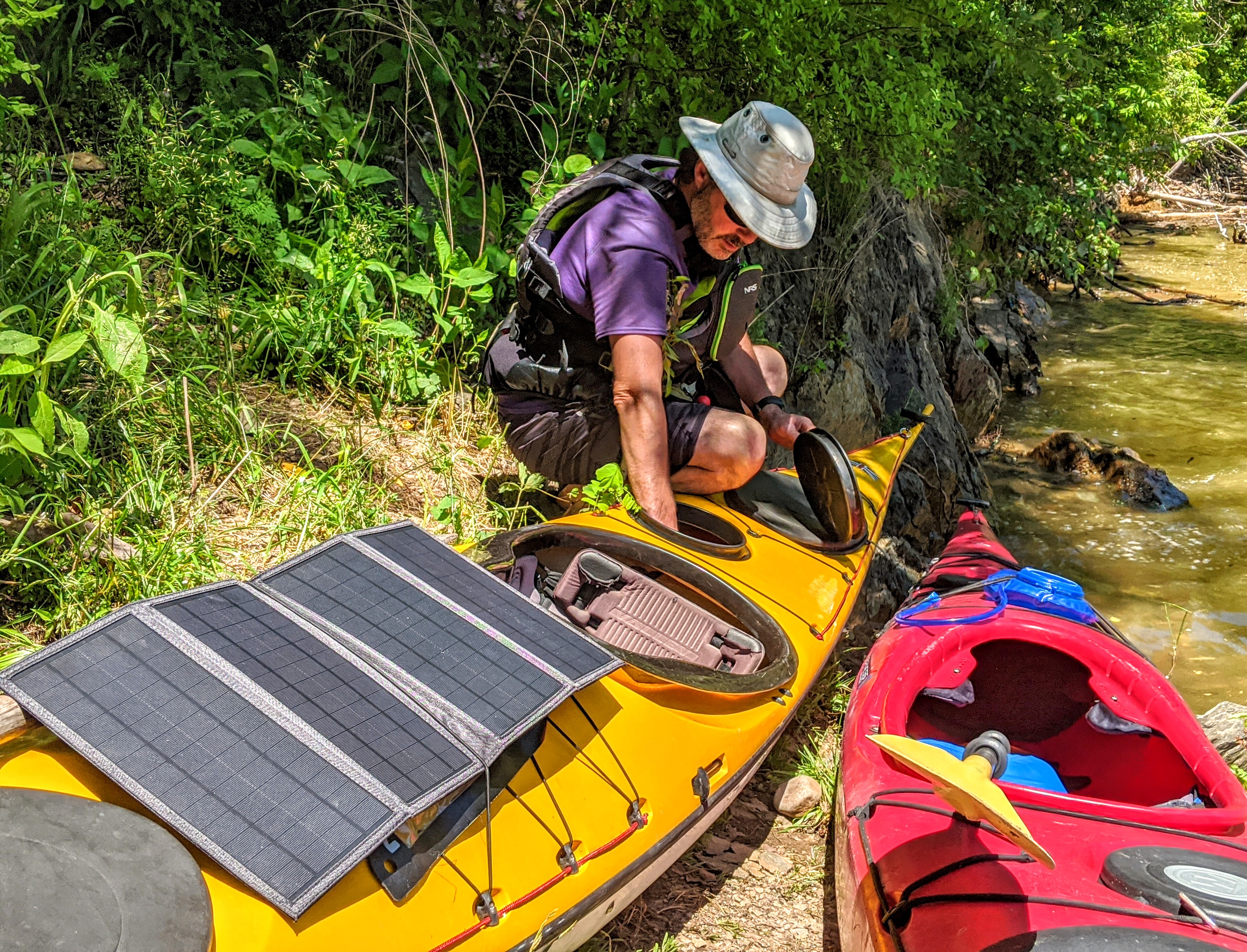
Visiting our nation’s parks will likely look very different this year, and possibly for years to come. As parks slowly reopen for daytime visitors, campgrounds remain a big question mark for this summer. What we do, where we stay, and how we enjoy these favorite vacation spots will require a new point of view. We need these wide-open spaces for our health and sanity, especially after months of lockdown; but we also need to be deliberate in protecting ourselves and the park we visit. This is the new landscape painted by the brush of COVID-19.
Among the silver linings from the 2020 novel Coronavirus pandemic has been the reduction of air pollution worldwide and the astonishing ways that our wild areas and national parks got a breather. Seemingly overnight, wildlife returned to areas that normally crawl with visitors, and their automobiles. The bears in Yosemite, wary of the river valley traffic jams and human noise, now freely wander the rich grassy meadows eating their fill. These sightings rank high on the list of reasons to visit parks, and in an ironic twist, just when they might be the most visible, we are relegated to our own backyards.
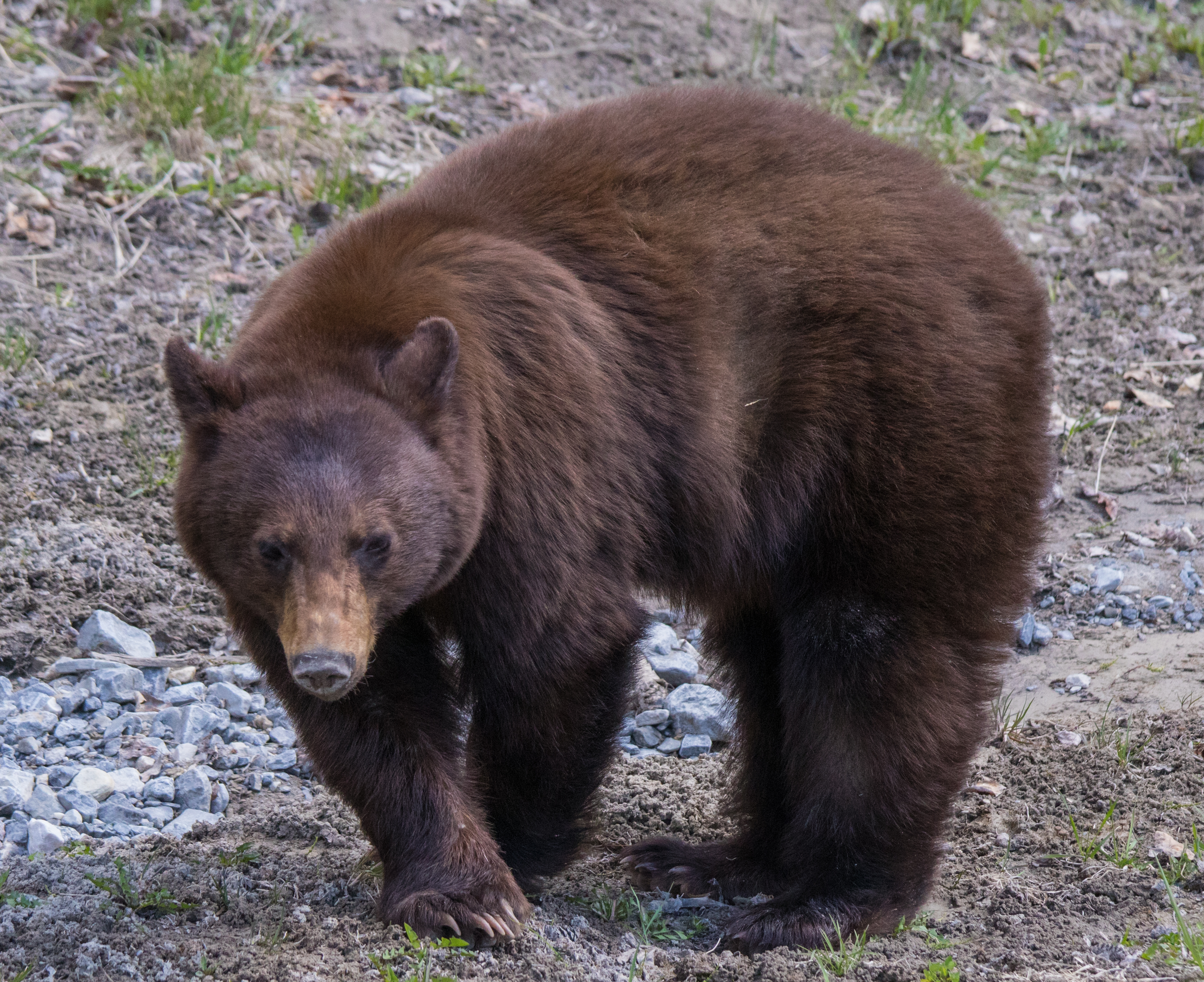
Lessen Your Impact
Leave No Trace principles maximize the individual enjoyment of an area while minimizing the ecological impact of visiting. As parks reopen over the next few months, let’s work together to keep the positive aspect of this pandemic alive in our nation’s parks. There are incredible ways to continue to enjoy the RV or van traveling lifestyle even if the main park road and campgrounds are closed to vehicular traffic.
Some of our favorite ways to lower our impact on our parks is to leave our car at the visitor’s center (or better yet at our solar powered, boondocking site outside of the park) and use our feet, bikes, or kayaks to explore the area. In some parks, we enjoy easy day trip adventures, while others offer multi-day remote and wilderness camping options.
Since hiking and backpacking are popular in nearly every park and there are already countless trail guidebooks and apps, we’ve chosen to focus this blog on places where bringing your bikes and/or boats allows you to gain a completely different perspective on the park. Cycling and kayaking/canoeing allows you get out into the natural environment without having to share a narrow trail with scores of formerly housebound outdoor enthusiasts. It’s the best of both worlds -- social distancing and low impact travel!
Using solar technology to power our devices goes right along with low impact travel. We further reduce our carbon footprint by using solar to power our travels – both in our vintage RV and while kayaking and cycling. To power our RV, we use a 100W foldable solar panel and 50Ah Lithium battery. For multi-day adventures, or even longer day trips, we bring along our 30W E.Flex portable panel and/or 24K E.Power bank to make sure we never run out of juice when that perfect photo or video opportunity presents itself!
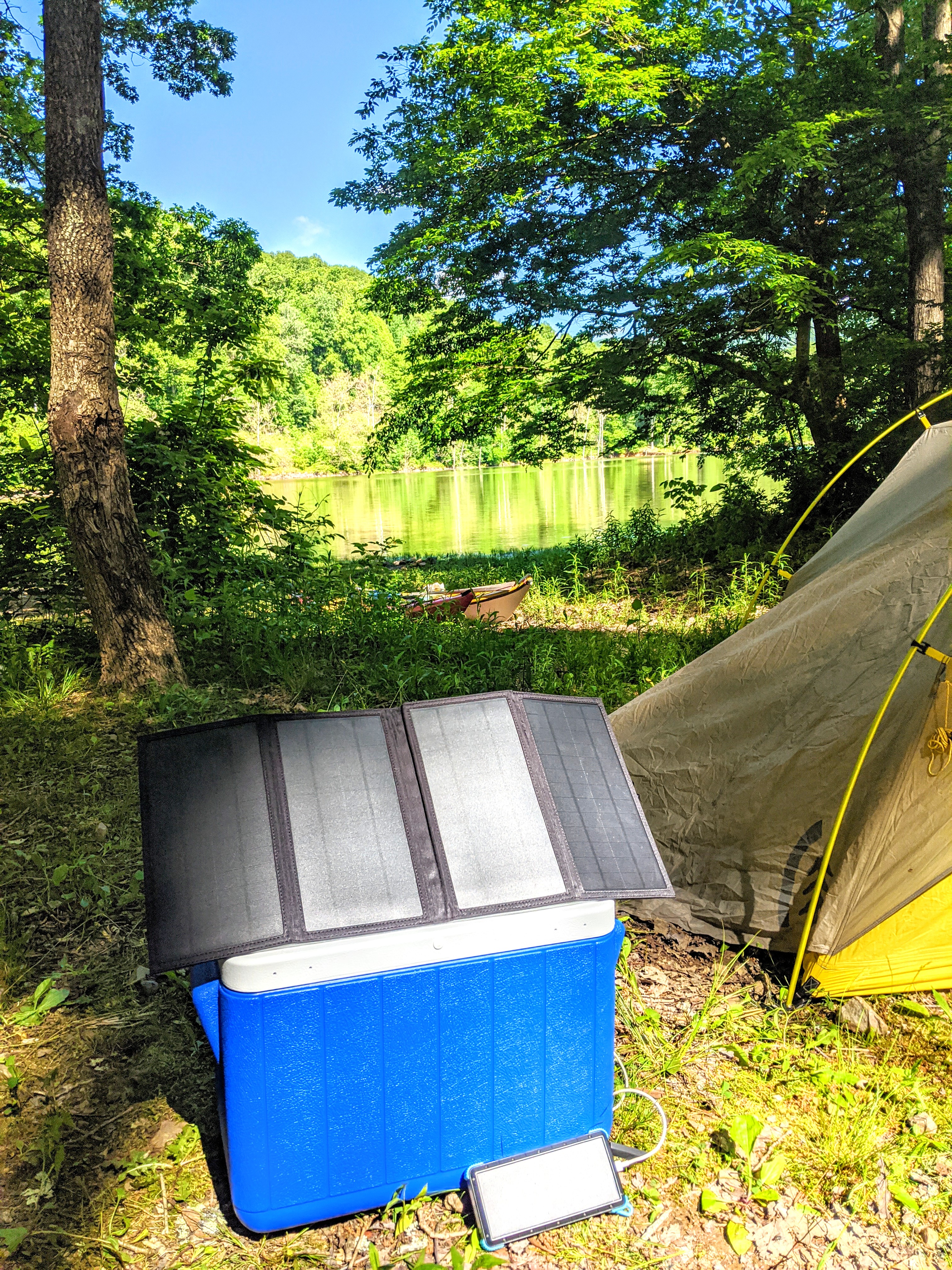
Some of Our Favorite Parks to Paddle & Cycle
With these outdoor alternatives to just hiking in mind, we’ve put together a semi-exhaustive list of some of our favorite, and often lesser known parks, as well as parts of national parks which are often much less crowded. During this time when things are changing daily, check the park website to ensure the areas you want to access are open and available to visitors.
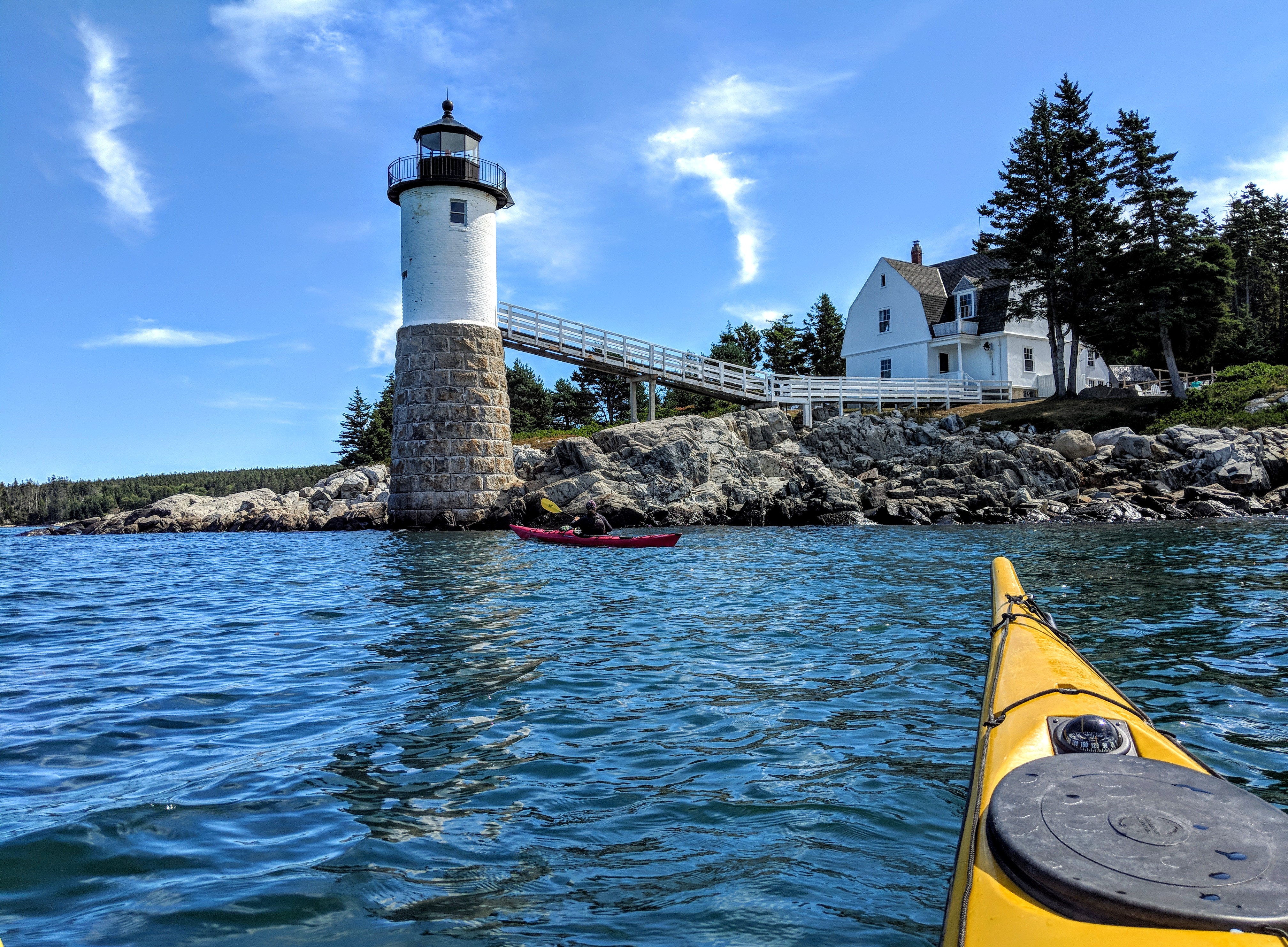
Acadia National Park – Cycling & Paddling One of the jewels of the National Park Service on the east coast, this ancient volcanic island park in Maine is tiny in comparison to its western cousins, but routinely ranks in the top 10 for annual visitors. But even during a normal summer, there are many places to get away from the crowds and high traffic areas.
Tips: Known as the “quiet side,” the western half of the Mt. Desert Island is typically far less busy, and offers opportunities to paddle, cycle and yes, even hike, in relative solitude. Use public transportation (when it reopens) to get from your campground to the trailhead, as the island buses have bike racks. Visiting during the high season (early July through Labor Day) can be frustrating, but exploring in June or September/October is beautiful and much less crowded.
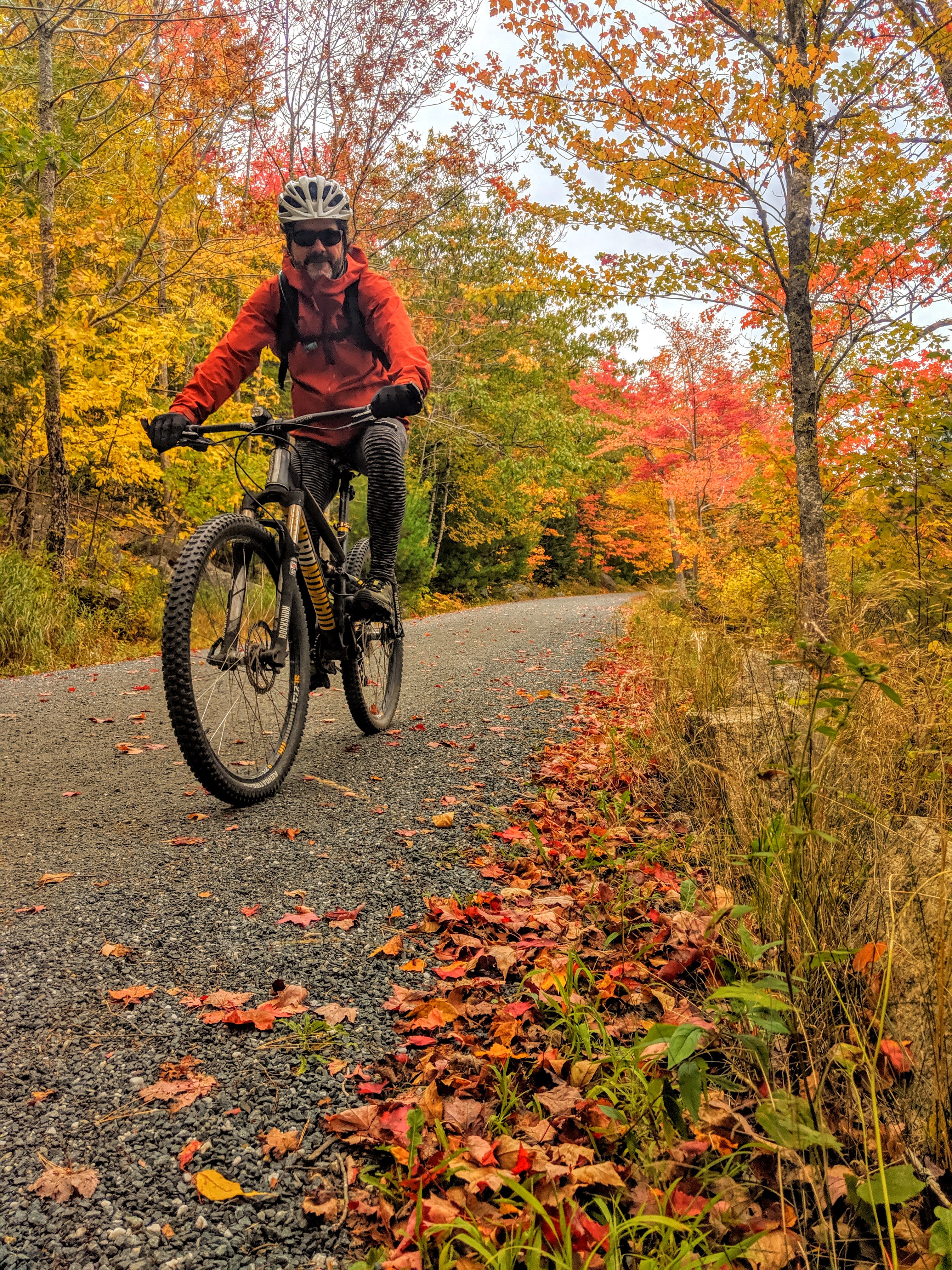
Cycling the Carriage Roads: With miles and miles of crushed gravel roads closed to vehicle traffic, these paths offer plenty of opportunity to get away and spend an afternoon by yourself, even during the high season. Note: The crowds tend to gather on the paths near Jordan Lake and Eagle Lake, but the remaining carriage roads are often completely free of crowds and offer some of the more incredible views of the island and Gulf of Maine! E-bikes are not allowed on the carriage roads so bring or rent your human-powered version.
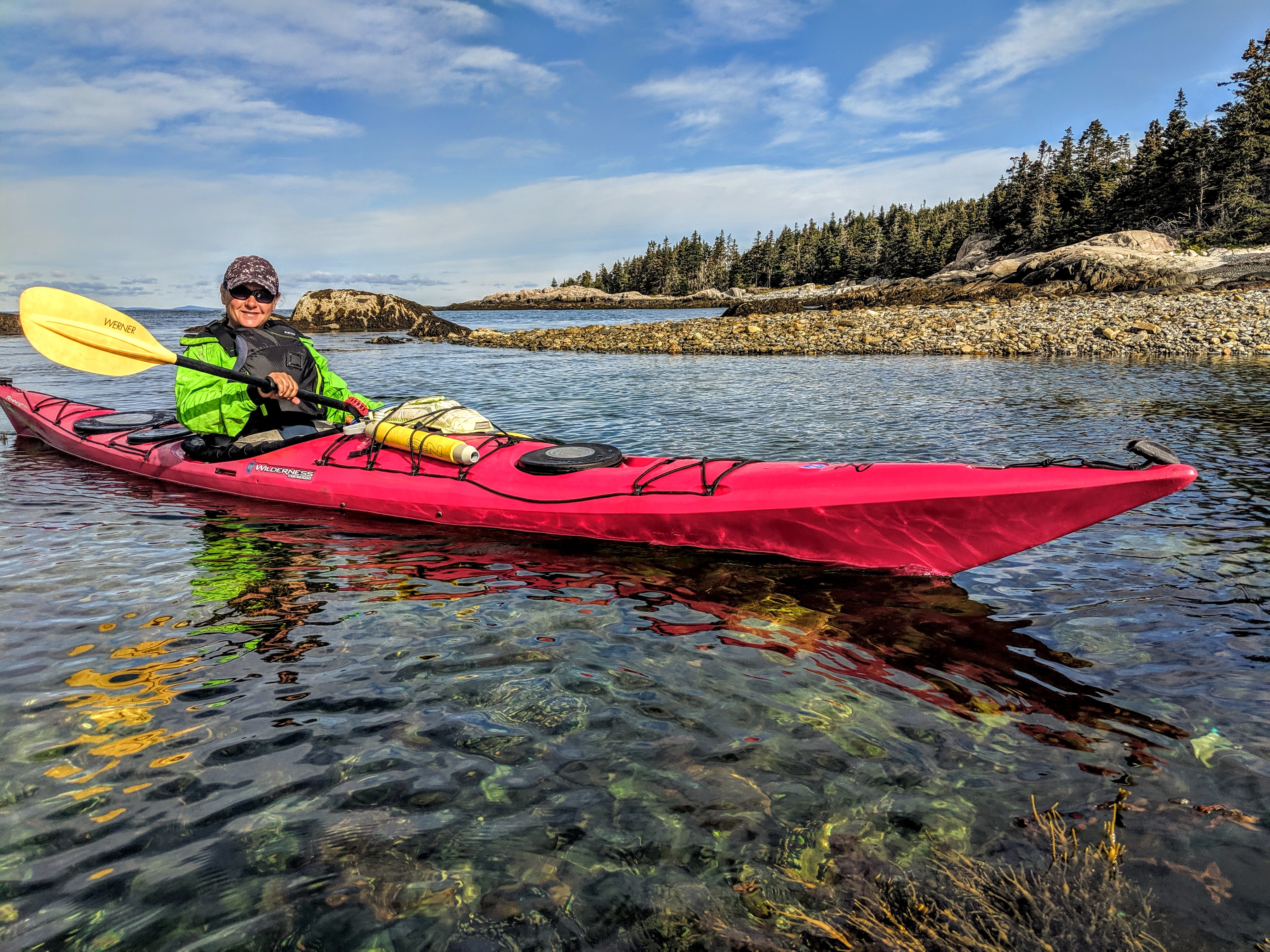
Paddle the Maine Coast: One of the best ways to explore this park is from the water surrounding it. Local guide services offer both small group and private tours which highlight the best sights of this spectacular coast. Or, bring your own kayak and create a multi-day kayak camping adventure on the numerous public islands in the area.
Big Bend National Park – Cycling & Paddling About 2 hours from nowhere, there ought to be a sign at the entrance congratulating visitors for making it all the way to this amazing place which celebrates the high desert and vast distances of west Texas. The Rio Grande River twists through the landscape and literally carves out this park while creating a border between the US and Mexico. For those who make the journey, surprises lie around every corner.
Tips: Winter and spring offer the best times to visit with cooler temperatures and an abundance of wildflowers and blooming desert cacti. Watch out for the Javalina! Developed campgrounds, as well as primitive sites appropriate for some RV’s, are available throughout the park.
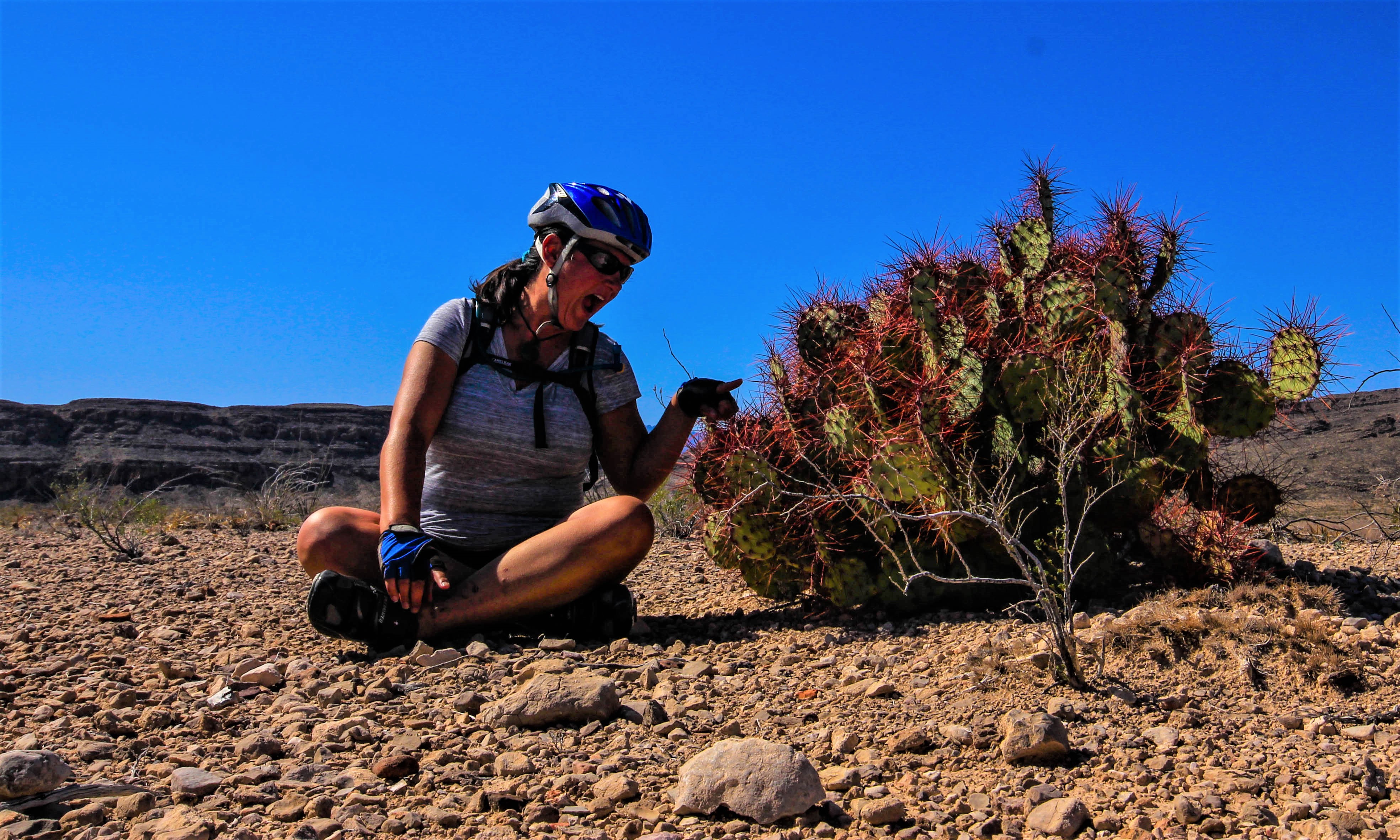
Cycling Around the Park: The park roads, wide and with little traffic, are ideal for cycling. With both developed and backcountry sites scattered throughout the park, a multi-day cycling adventure would be an excellent way to experience this area. Just make sure you have a plan for drinking water.
Paddle in Santa Elena Canyon: While overnight rafting programs frequently travel down the river, a common day trip is to paddle up stream into the St. Elena Canyon until you either can’t go any further or you’ve had enough, and then simply float back to your put in. Working your way upstream between thousand-foot cliffs is simply a once in a lifetime experience. Depending on the river’s flow, this could provide enough adventure for half or full day.
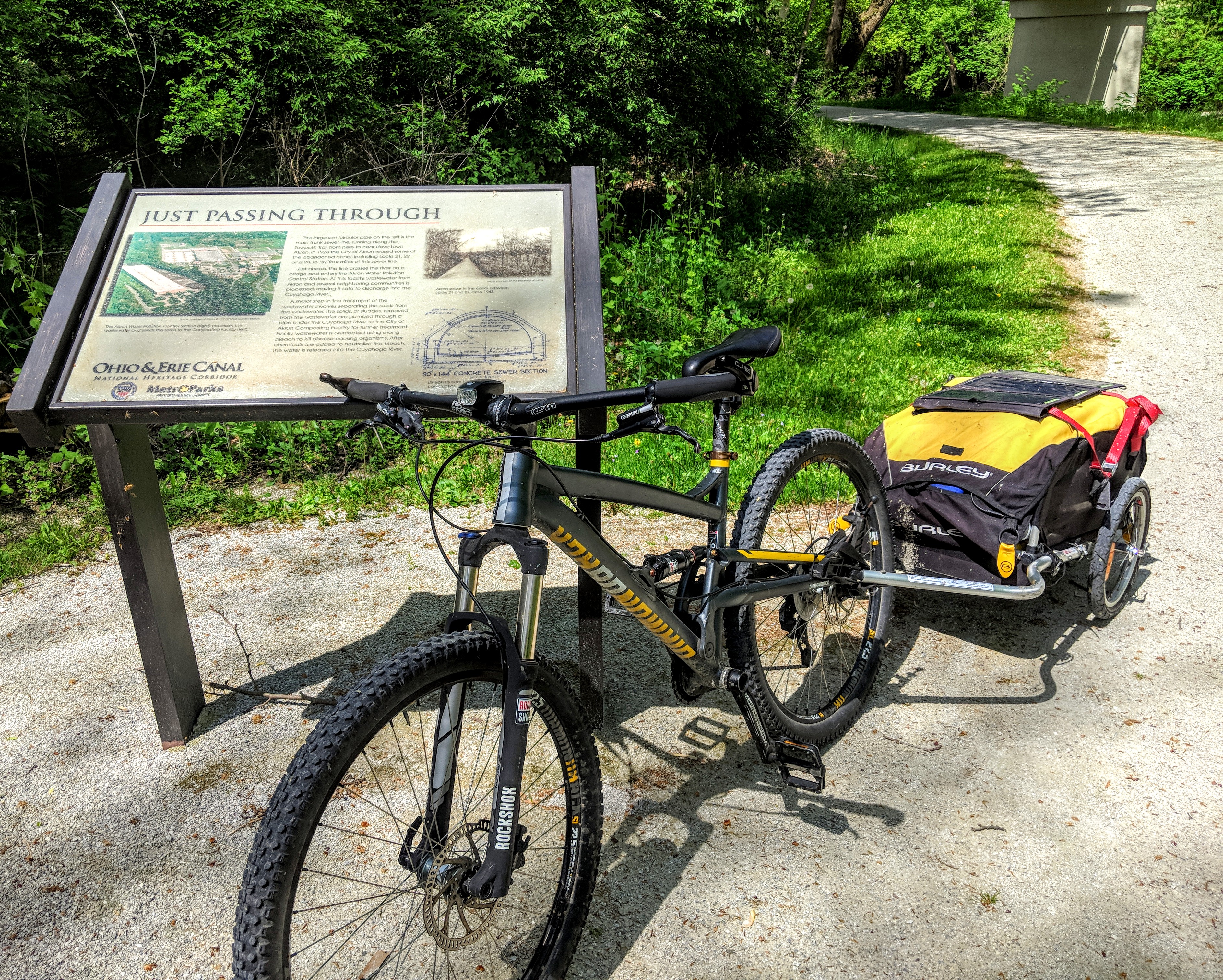
Cuyahoga Valley National Park – Cycling This narrow park in Ohio weaves its way between the industrial cities of Cleveland and Akron. It celebrates the historic Ohio & Erie canal that transported goods and people before the age of the railroad. Adjacent to the canal, the paved or lightly graveled Towpath follows the route that mule teams once slogged pulling canal boats on their journey upstream.
Tips: Spring wildflower season or when the fall colors appear are the best times of year to visit.
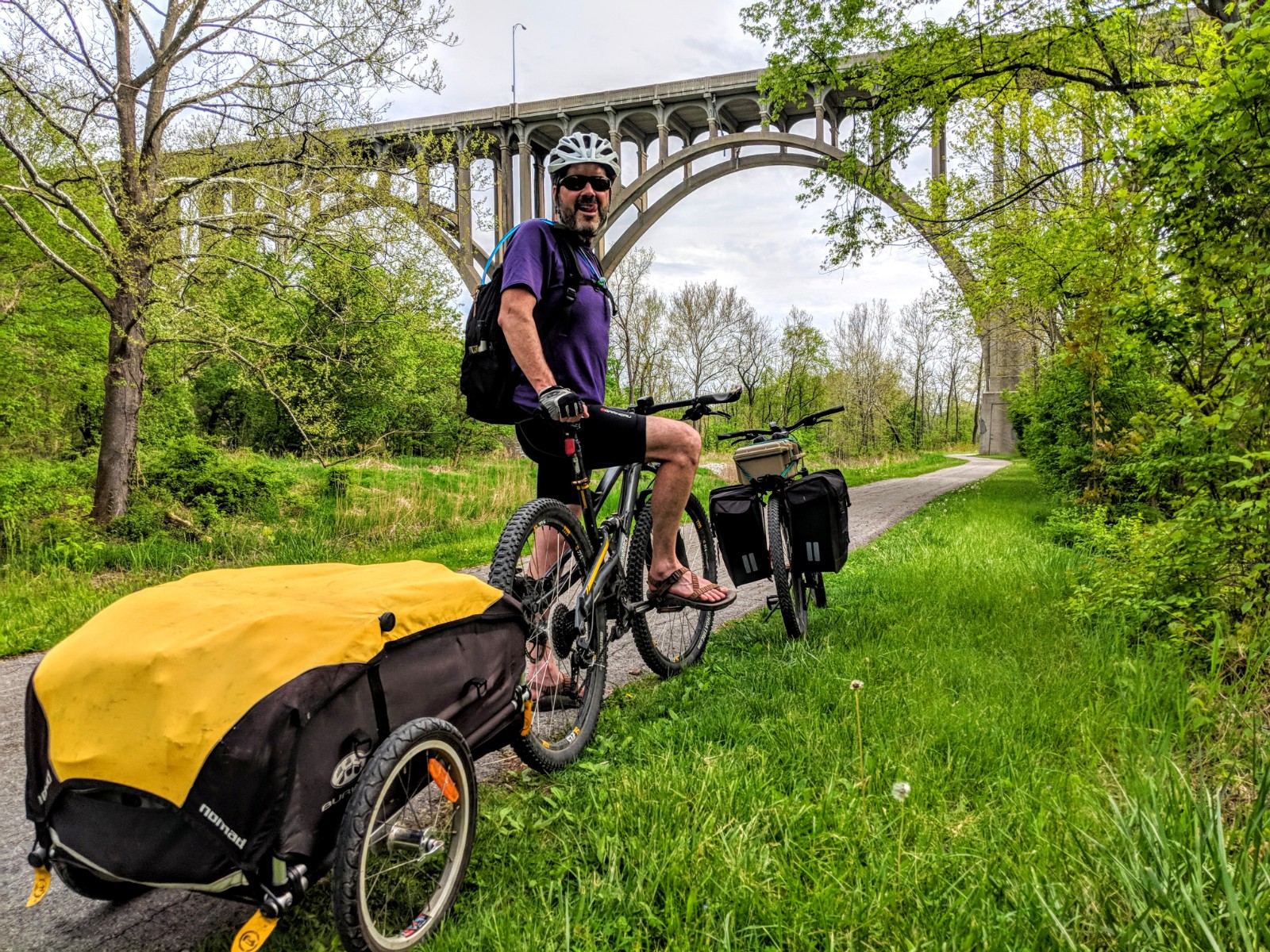
Cycling the Towpath: This historic path offers a great day excursion for cyclists as well as a multi-day adventure. With cycle-up campsites scattered along the route which extends beyond the park boundary, it’s easy to choose your own adventure. The path links up with several other cycle paths and rural paved roads leading into the heart of Amish country.
Death Valley National Park – Cycling Boasting the lowest elevation on the North American continent, the name of the valley is actually quite misleading, because there is really nothing dead about this place. A vibrant ecosystem exists here, and comes especially alive during their rare wildflower season.
Tips: Timing is the key word to visiting this park and enjoying its outdoor opportunities. With summer time temps approaching 120 degrees Fahrenheit during the day, the winter (November through February) provides a more hospitable season for any adventure.
Exploring the Park: With its long, slow descent and ascent into and out of the valley, this park is an amazing stop on a long-distance desert ride. Shorter day-rides between popular sites within the park also make for a memorable adventure, and could include short hikes into otherworldly landscapes.
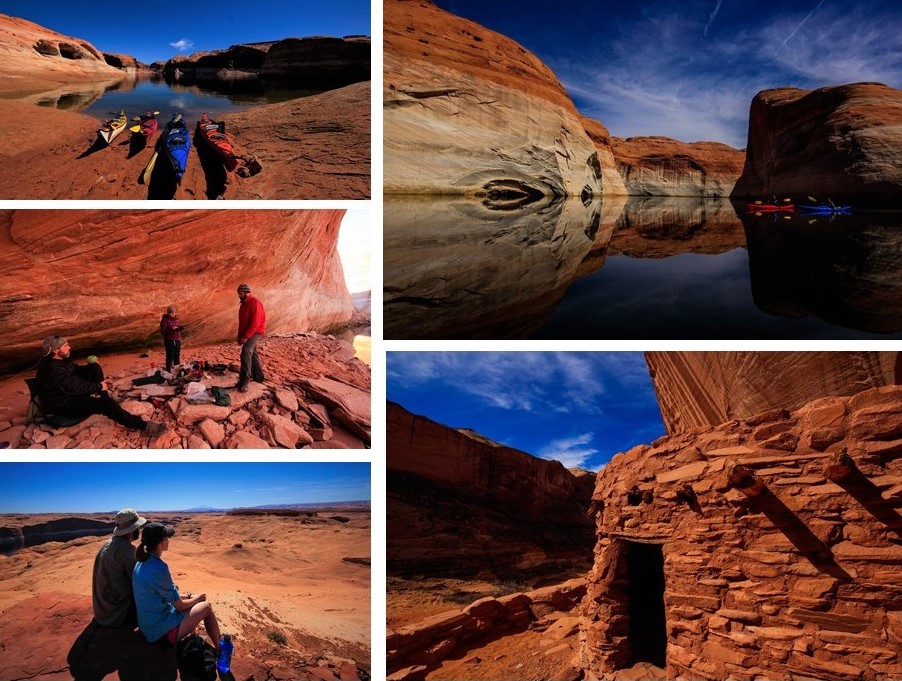
Glen Canyon National Recreation Area – Paddling Honoring John Wesley Powell, geographer and expedition leader of the first decent of the Grand Canyon, this vast reservoir in Utah is a paddler’s dream. Another long haul from anywhere, this recreation area offers the opportunity to get very away from it all.
Tips: The main season for house and pleasure boating is during the summer months. So, if crowds aren’t your thing, the spring and fall months offer a respite from extreme heat, large crowds, and boat wakes. There are campgrounds throughout this NRA.
Paddling into Side Canyons: Small crafts can more easily get back into the narrow side canyons away from the main lake. Paddle deep in and go back in time to Ancient Puebloan ruins and sandstone cathedrals. If you are seeking a multi-day kayak camping adventure, there are dispersed campsites along the lake with no permits required.
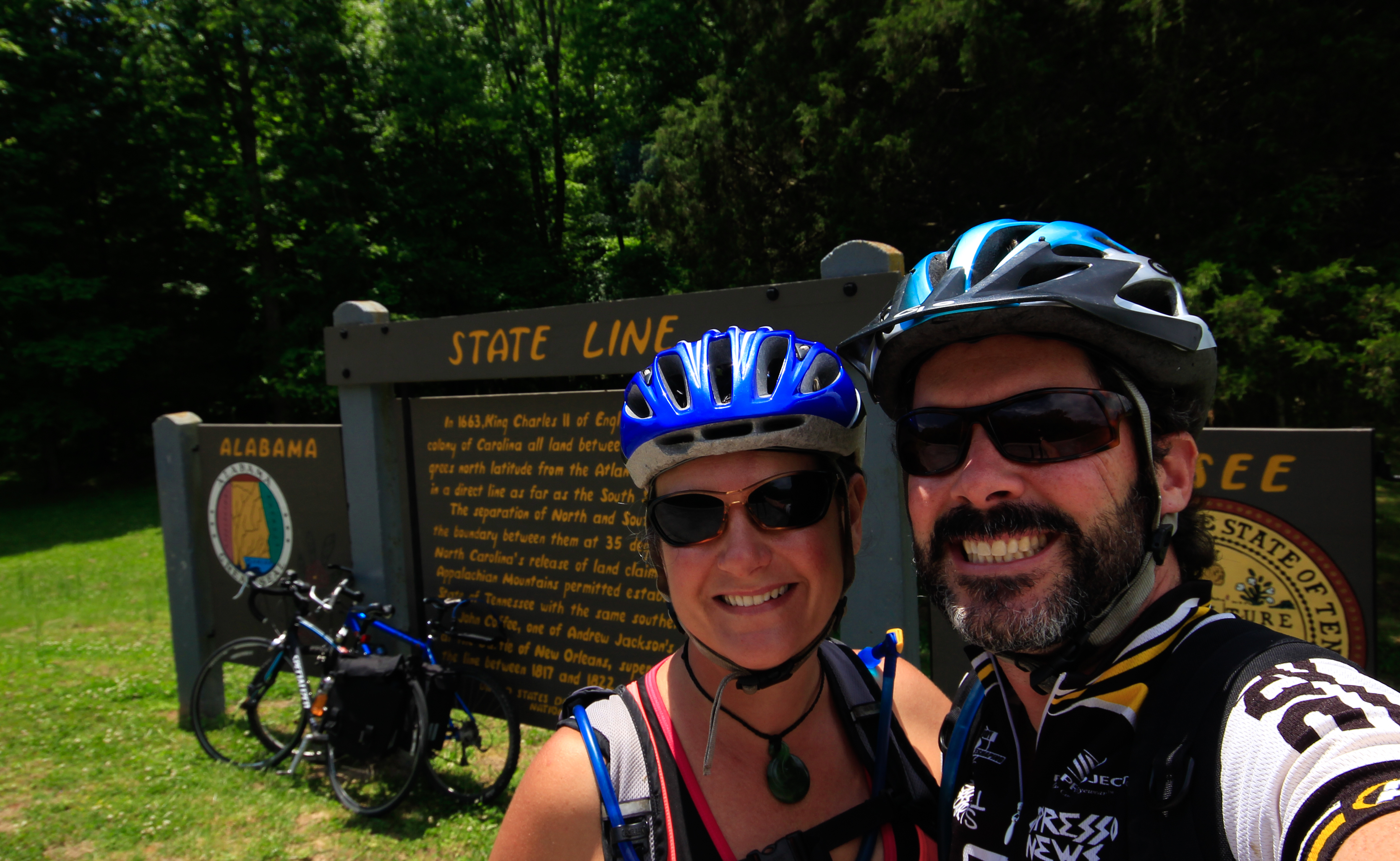
Natchez Trace Parkway – Cycling Extending from Mississippi to Tennessee, the Parkway follows the ancient indigenous American footpath used by thousands of people to make their return trip after bringing their goods to market by boat or raft down the Mississippi river. Winding through bustling cities and rural areas, the parkway offers a wide variety of cycling experiences.
Tips: From May to November, the southeast can be hot, muggy and laden with tornadoes, hurricanes, and thunderstorms. A great time to visit is late fall and early spring, though we got very lucky in May with a stretch of gorgeous weather. It just depends on the year!
Exploring the Parkway: Get a map from the visitor center so you can choose the more rural parts of the parkway for your adventure and avoid any heavy traffic. With campsites that are only open to cyclists, this is the perfect place to begin a multi-day cycling adventure. The terrain is rolling hills through most of the distance.
North Cascades National Park – Paddling & Cycling One of the least visited National Parks in the nation, this sprawling complex of glaciers, alpine peaks, dense Douglas Fir forests, and hydro-electric reservoirs in western Washington remains one of the wildest places in the lower 48 states.
Tips: Due to PNW weather, the best time to visit for paddling is July and August. The campgrounds in the park may be buzzing, but the lakes and trails are usually completely empty, with the exception of some summer holiday weekends.
Exploring by Bike: The only real road (Hwy 20) going through the park is closed during winter, typically opening sometime in April, so cyclists have to share the road with all vehicles crossing the mountain range. However, during the short time between melting snow and the official open date, the roadway becomes a cyclist’s dream, two lanes of great pavement through a stunning landscape and no cars. Warning: This is not for the casual cyclist!
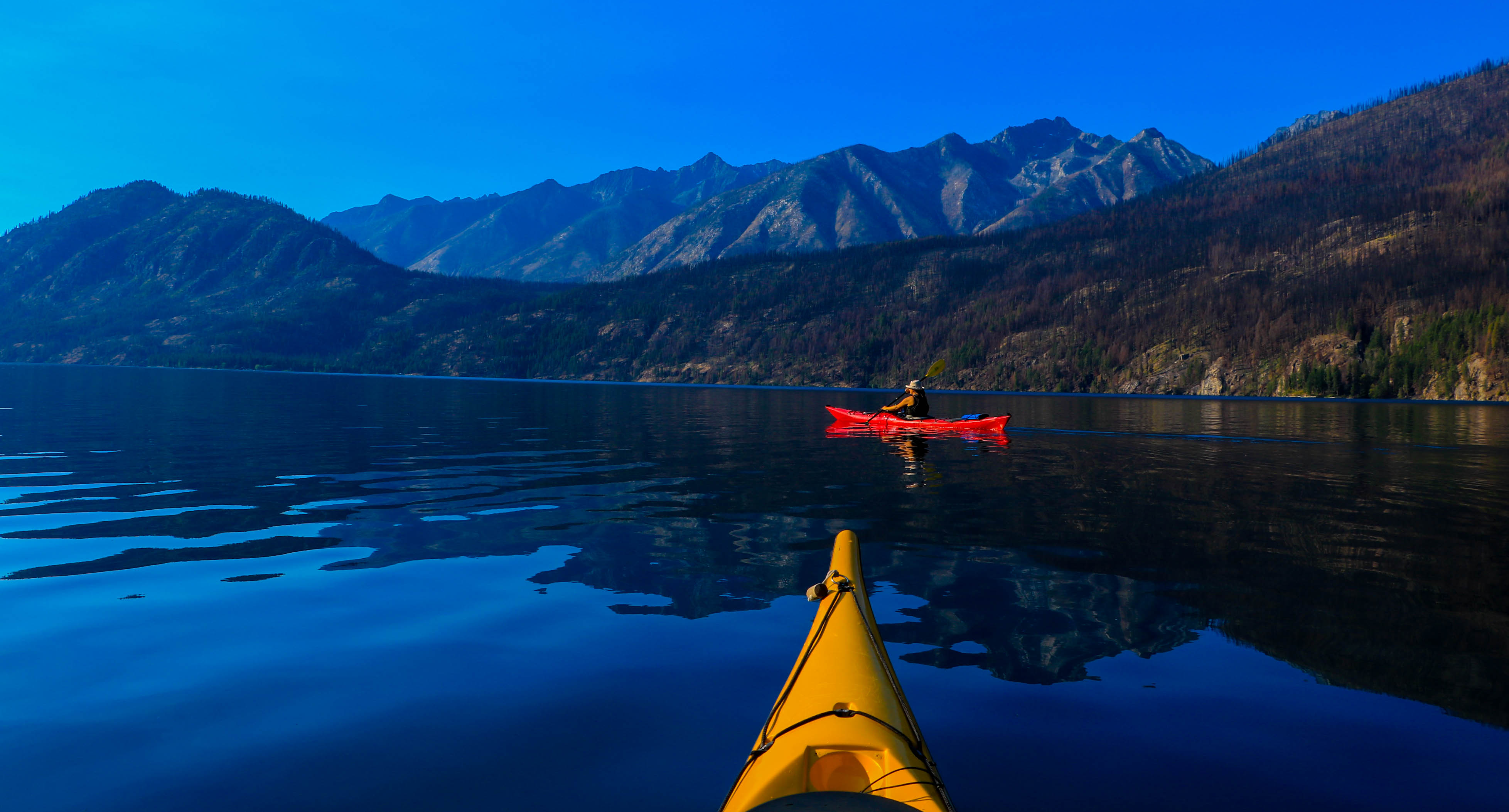
Paddling on the Reservoirs: Two main reservoirs lie along the Skagit River, Ross Lake and Diablo Lake. Both offer numerous paddle-in campsites that are reservable, in-person only, at the backcountry ranger office in Marblemount. The nearly iridescent blue water created by glacial run-off creates a surreal and stunningly beautiful scene. Across the park complex lies the 2nd largest glacially carved body of water on the west coast, Lake Chelan. With dozens of small boat-in National Forest campgrounds across the lake, your first-come, first-served options are nearly limitless.
Red Rock Canyon National Conservation Area – Cycling & Hiking Within an hour’s drive of Las Vegas, lies this stunning geologic formation of Aztec Sandstone created during the Jurassic period. Because of its easy proximity to Sin City, this park is a very popular day trip option for Vegas tourists -- making it difficult to find a parking space at each of the park’s popular hiking destinations.
Tips: The Red Rock Campground, located across the highway from the park entrance, is closed from Memorial Day to Labor Day. When open, it’s a very popular place, so reservations are typically necessary during the high season. As an alternative, there are some beautiful BLM mountain biking areas about 20 minutes west (Late Night Trailhead, just off Hwy 160) where you’ll find small RV’s and vans using the parking lots as an overnight stop.
Exploring the Park: To avoid the overcrowded trailhead parking lots, as well as a great way to get some exercise and see the park at a human pace, just park your car or RV at the visitor’s center and use your bike to cycle between each trailhead. Plan an entire day for this type of adventure.
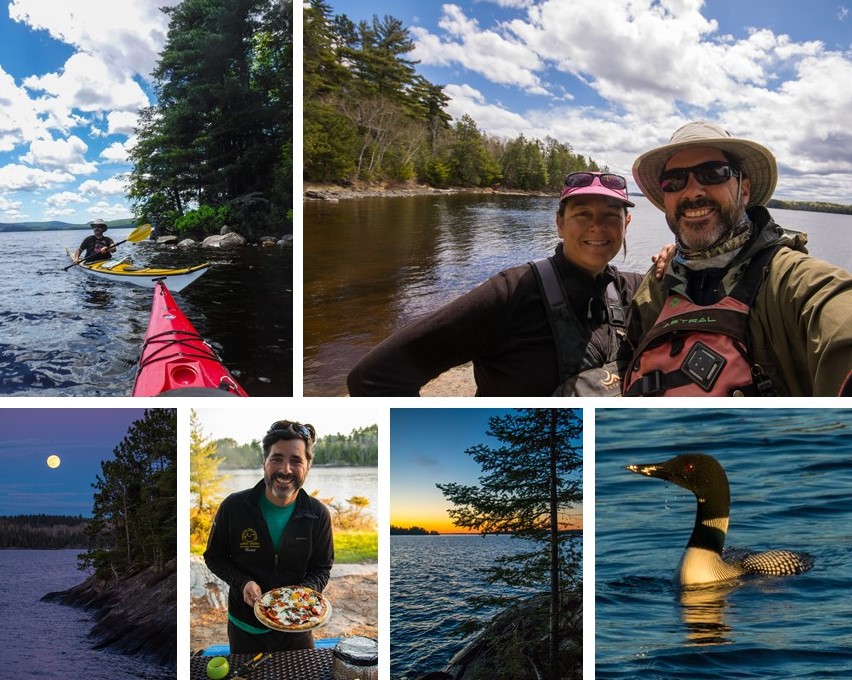
Voyageurs National Park – Paddling While some parks can best be seen from the water, Voyageurs, along the Canadian border in northern Minnesota, simply begs you to get in a boat and paddle. Named after 19th century French Canadian canoe traders who plied these canoe trails hauling furs and raw materials eastward, this park offers a private island camping experience that few others can provide.
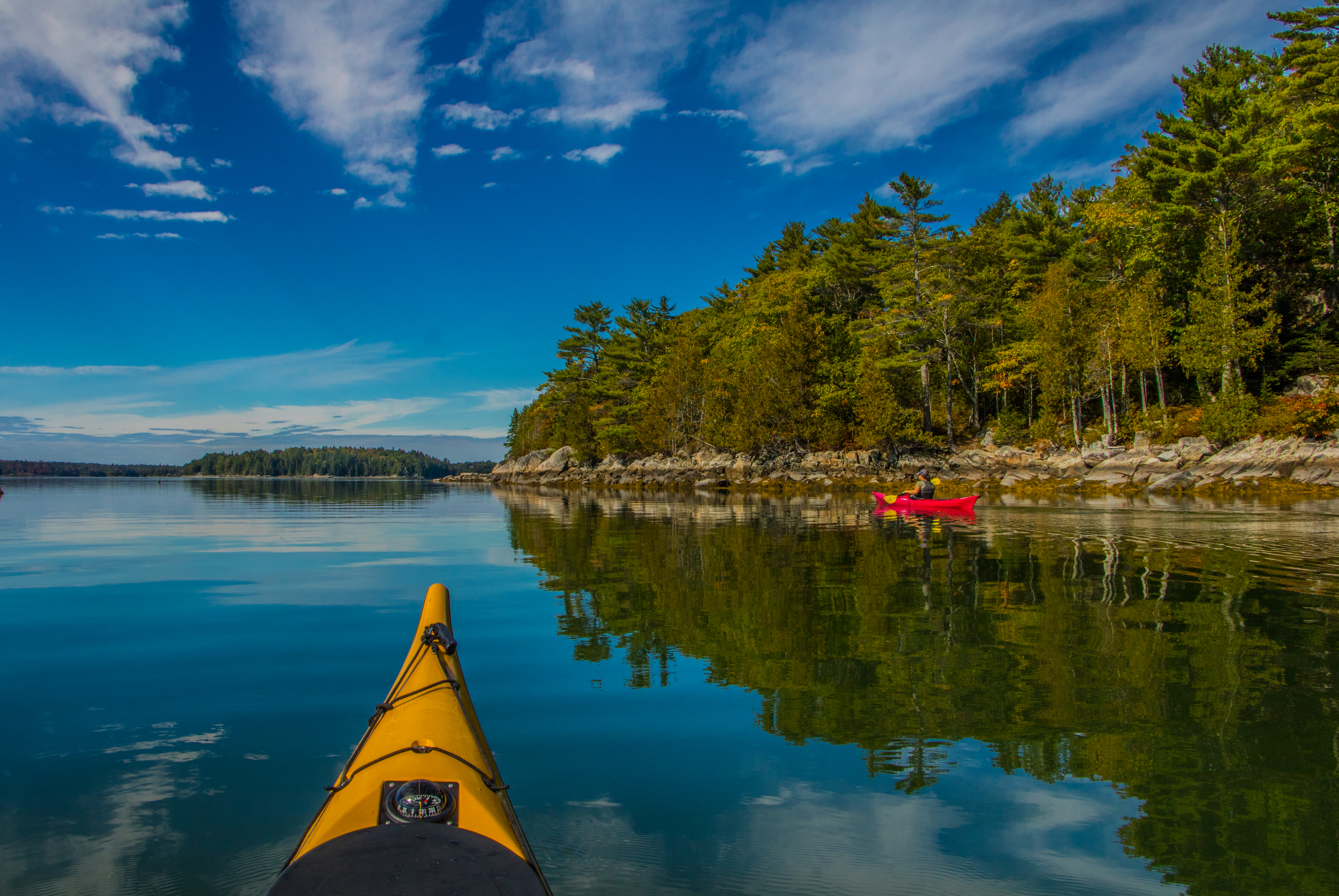
Tips: Summertime can be crowded and buggy, but very late spring and early fall are often pleasant, if not a bit chilly. If you can fit your trip in before/after fishing season, you’ll have the lakes to yourself. There are no RV campgrounds in the park itself, but there are private campgrounds in the area.
Exploring the Park: A day trip on these lakes is a gorgeous way to get away from it all for a short time. And, the options for backcountry kayak/canoe camping are so numerous that you can choose the adventure level which suits your desires. Backcountry camping reservations and permits must be made in advance of arriving at the park, so knowing your skills and abilities are crucial to establishing an itinerary. The lakes can be both serene and rough, depending on the time of day, but the numerous islands typically provide some shelter from the wind.
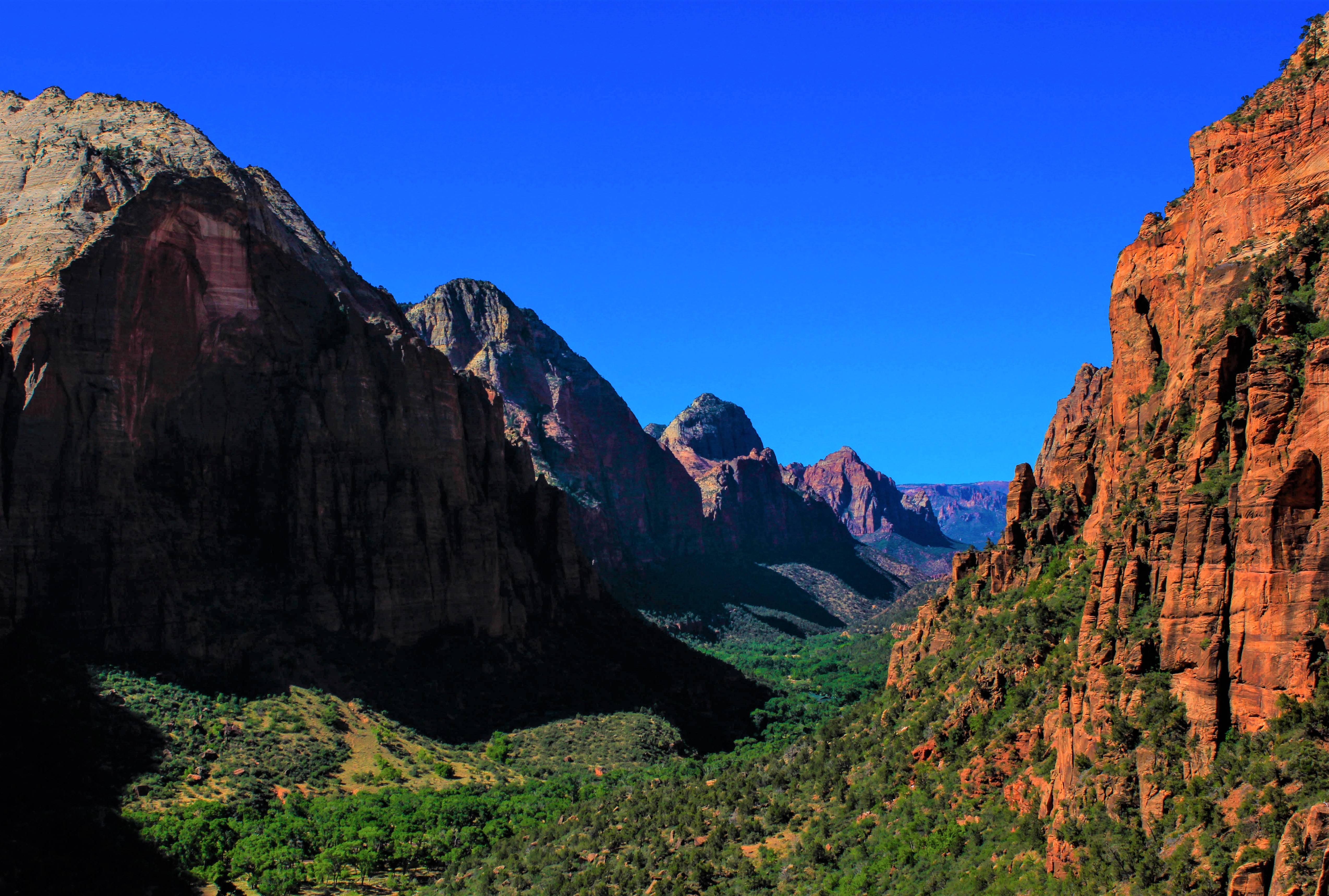
Zion National Park – Cycling & Hiking This incredible canyon in southwestern Utah is certainly on everyone’s bucket list, and the annual visitation numbers clearly reflect this. However, this is one of the first parks to institute a free shuttle bus system to control the number of vehicles in the park. Note: During this time of social distancing, the shuttle bus system will very likely be on hold for the foreseeable future.
Tips: The shoulder and off-season are the best times to avoid the massive crowds, but the weather will likely be less desirable. Plan your outings early or late during the hot season, and spend some time splashing around in the Virgin River which flows through the canyon.
Exploring the Park: Because the buses are nearly the only vehicles allowed on the park road, cycling is a safer and very enjoyable option, allowing you to lower your impact even more. If you stay at the campground inside the park, it’s very easy to just bike to trailheads. If you stay outside the park at a private campground or on nearby BLM land, just park your car or RV at the visitor’s center and use your bike to cycle between each trailhead.
Up the Adventure: A multi-day bikepacking trip that is on our personal bucket list is to ride between Bryce Canyon and Zion National Parks, with a hiking stop in Red Canyon.
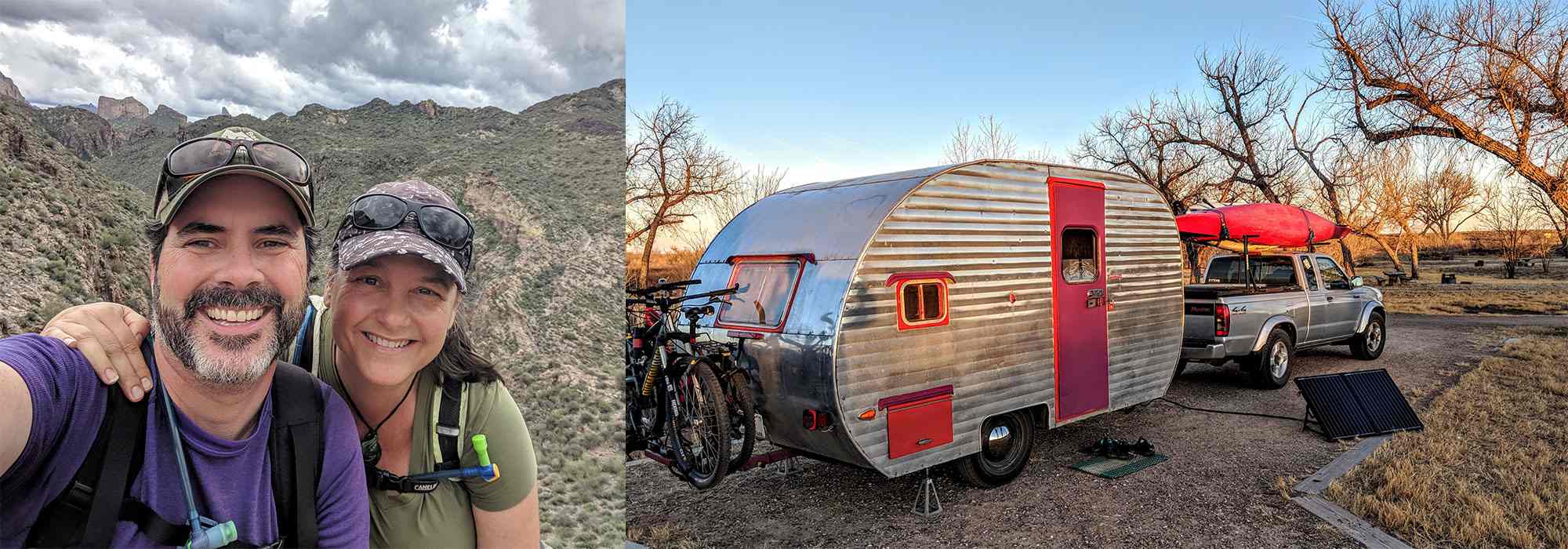
Learn more about Shari & Hutch’s solar powered adventures on their website and join them on the road via social media at Facebook , Instagram , and YouTube!








